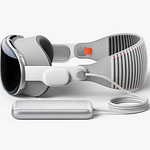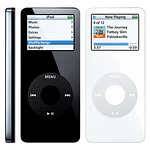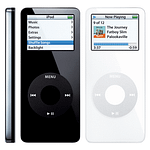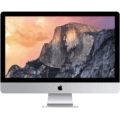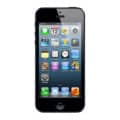- All Apple Devices
- iPod
- Apple iPod Shuffle 2nd Generation
Apple iPod Shuffle 2nd Generation
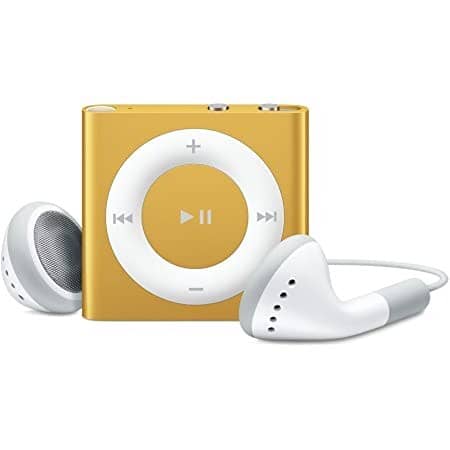

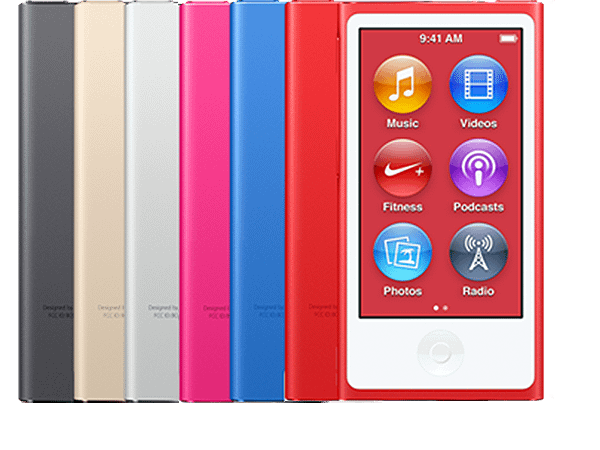
iPod Shuffle 2nd Generation
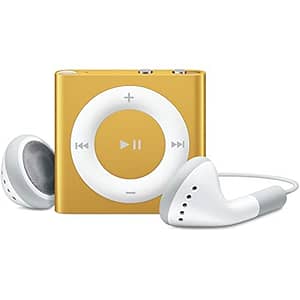
Product Brand: Apple
2.5
Pros
- Small and compact design, making it easy to carry around
- Easy to use, with simple controls for playing music and adjusting volume
- Affordable pricing compared to other iPod models
- Comes in a variety of colours
Cons
- No display screen, making it difficult to navigate through music
- Limited storage capacity (only available in 1GB and 2GB options)
- No support for video playback or photo viewing
- Requires iTunes software to transfer music
Apple iPod Shuffle 2nd Generation Review and Features
On September 12, 2006, Apple announced the release of the second-generation iPod Shuffle, calling it “the most wearable iPod ever”.
The second generation initially featured a lone 1 GB model in a silver brushed aluminium case, similar to the second-generation iPod Nano and the older iPod Mini. The new model was less than half the size of the first-generation model at 41.2 x 27.3 x 10.5 mm (1.62 x 1.07 x 0.41 in) and was the size of the iPod Radio Remote.
Apple claimed it was the “world’s smallest MP3 player”. This generation included the new built-in belt clip, and the actual unit was thinner, with the entire device weighing only 15.5 g (0.55 ounces). The power/shuffle/no shuffle switch from the first-generation version was separated into two controls to avoid an accidentally selected mode of operation.
On the second-generation iPod Shuffle, USB connectivity is provided via an included piece of hardware which acts as a docking station for data transfer and recharges the iPod’s internal battery through its headphone jack.
The second-generation iPod Shuffle was also able to act as a flash drive, just like the first-generation iPod Shuffle. However, unlike the first-generation iPod Shuffle, the second generation did not have a built-in USB connector. This means that the docking station was required for connection to a computer.
The second-generation Shuffle could play MP3, MP3 VBR, AAC, Protected AAC, Audible (formats 2, 3 and 4), WAV and AIFF. Due to its low processing power, the only iTunes-supported file format that the iPod did not support is Apple Lossless.
The second generation 2 GB iPod Shuffle was discontinued on March 11, 2009, and the 1 GB version was discontinued on September 9, 2009.
Full Technical Specifications
General Technical Specifications
| Device Type | Portable Media Player |
| Released | 12 September, 2006 |
| Status | Discontinued |
| Predecessor | iPod Mini |
| Successor | iPod Touch |
| Generation | 2nd |
| Colors | Silver, Blue, Green, Purple, Red |
| System Requirements |
Mac system requirements Mac computer with USB 2.0 port Mac OS X v10.4.8 or later iTunes 7.4 or later Windows system requirements PC with USB 2.0 port Windows Vista or Windows XP Home or Professional with Service Pack 2 or later iTunes 7.4 or later |
| Input and Output | 3.5-mm stereo headphone minijack |
| iPod's Processor Type | Samsung ARM |
| iPod's Internal Memory |
1GB USB flash drive Holds up to 240 songs in 128-Kbps AAC format Stores data via USB flash drive |
| FM Radio Support | No |
| Audio Technology Features |
Skip-free playback Frequency response: 20Hz to 20,000Hz Audio formats supported: AAC (8 to 320 Kbps), Protected AAC (from iTunes Store), MP3 (8 to 320 Kbps), MP3 VBR, Audible (formats 2, 3, and 4), WAV, and AIFF |
| Headphone Type | 3.5mm Audio jack |
| Dimensions |
Height: 1.07 inch (27.3 mm) Width: 1.62 inch (41.2 mm) Depth: 0.41 inch (10.5 mm) (including clip) |
| Weight | 0.55 ounce (15.6 grams) |
| Camera | No |
| SIM SIM (Subscriber Identity Module) is a small card that contains mobile network subscriber's account information. This allows the phone using the card to attach to a mobile network. The SIM card is most commonly associated with GSM and UMTS mobile networks. Moving a SIM card from one phone to another allows a subscriber to switch mobile phones without having to contact their mobile network carrier. SIM cards can also be used by a phone to store limited amounts of data, such as phone numbers and text messages. | No SIM |
| Battery |
Built-in rechargeable lithium polymer battery Playtime: Up to 12 hours when fully charged Charging via included USB dock Full-charge time: about 4 hours |
| Navigation | Four buttons on the front to navigate the playlist. |
Disclaimer Note
We can not guarantee that the information on this page is 101% correct.

